Category: articles
-
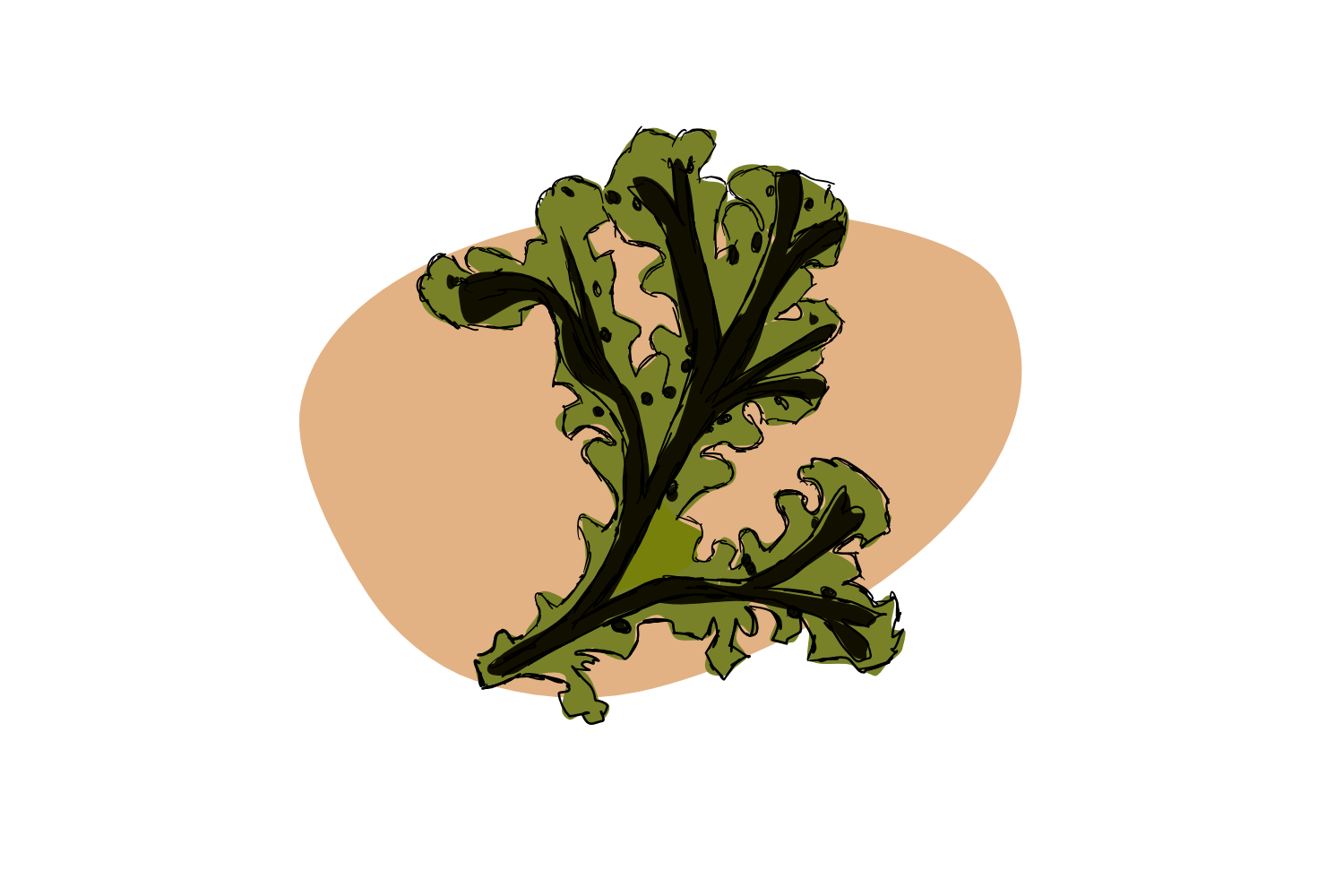
Welcome to my mucilage-filled cavities
The other day, while reading about the newly-published genome for the hornwort species Anthoceros angustus, I came across the most delightful of all descriptions: ‘mucilage-filled cavities’.
I had to find out more.… Read more
-

When this tree is stressed, it becomes female
We all have different strategies to deal with stress. Some resort to excessive day-sleeping, others, like me, empty their sweets cupboard. For the striped maple, the response is even more extreme: when stress becomes too high, it changes its sex to female. … Read more
-

We went to the Warsaw Copernicus Science Centre
What do nerdy friends do when they meet up after long absences?
They head to the nearest science museum, of course.… Read more
-

No, your plants won’t purify the air of your office
Sitting in an office is rarely fun. Sure, sometimes you sit with crazy colleagues that you quite cherish and who will eventually start a plant blog with you… but how often does that happen, really? Apart from the work itself, the ‘office’ part of office work means being stuck indoors for hours and hours, sitting at a desk, breathing that same old recirculated air filled with the smells of the floor, desk, chair, office printer, and of course your co-worker‘s new cologne.… Read more
-
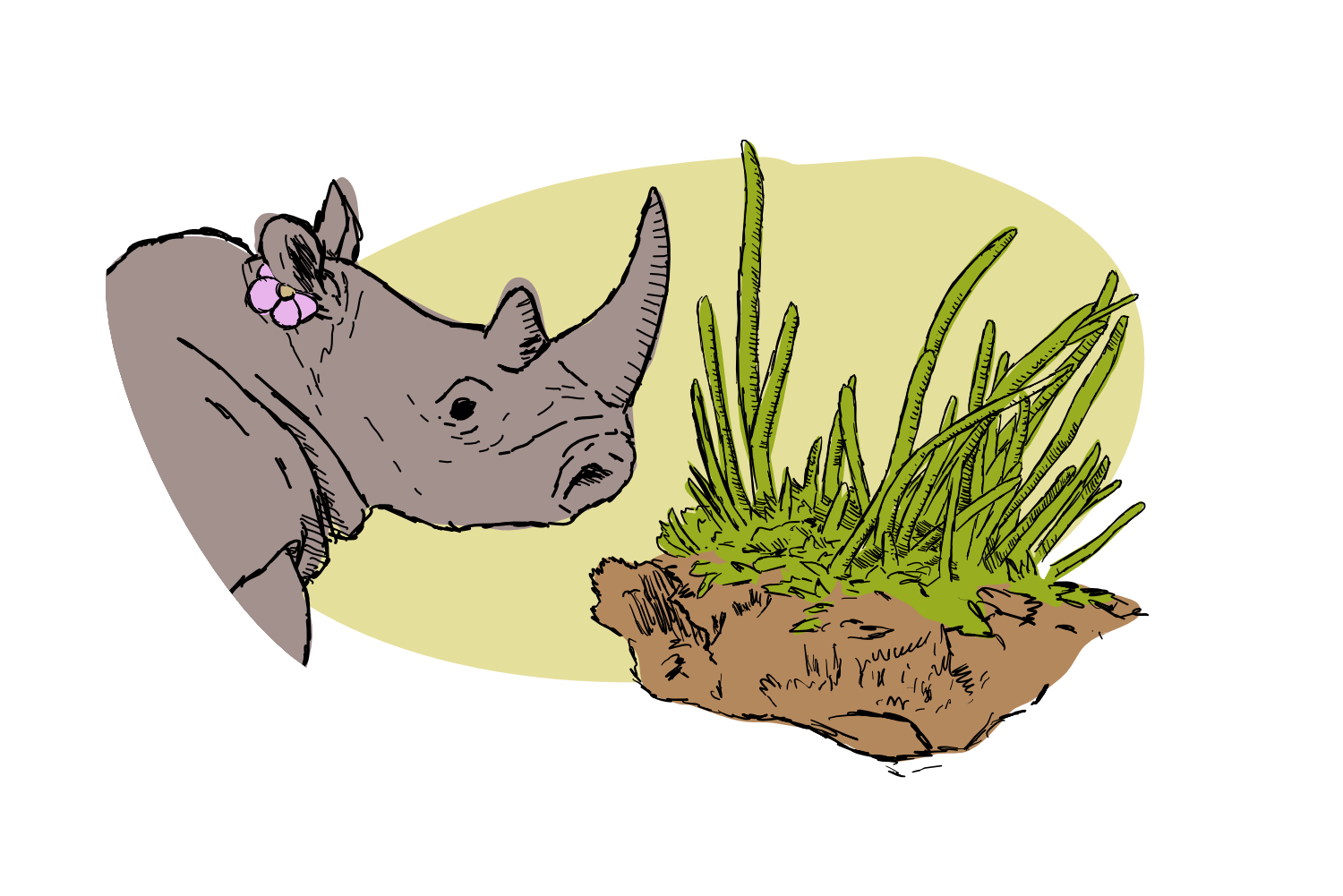
Rhinoceros and Anthoceros are two very different things
If you had asked me two weeks ago how to pronounce Anthoceros, I would have confidently (or, as confident as I ever am with these naming things) replied: AnthoCERos. Hard push on the ‘cer’.
But if Anthoceros means ‘flower horn’, and has the same etymological roots as the ‘nose horned’ Rhinoceros, well then, shouldn’t I be pronouncing it AnTHOceros?
While the recently published Anthoceros genome didn’t manage to answer this question for me, it did touch on some other cool facts about this long-neglected group of plant.… Read more
-
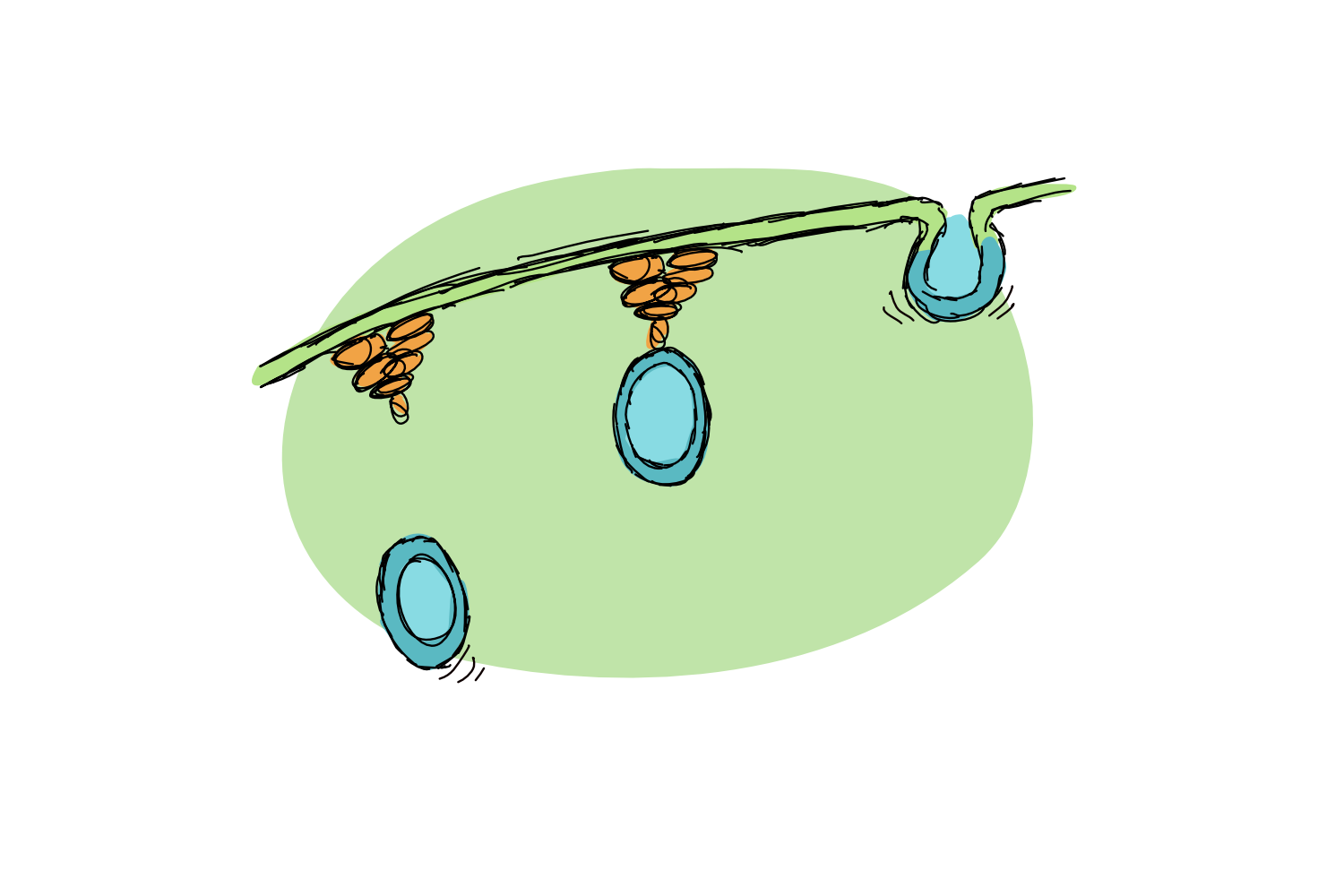
You have to be quick to do science on cell defence – really quick
Plants form relationships with bacteria all the time, but these relationships vary a lot. Sometimes, the two are best friends who share nutrients, while at other times they are their worst of enemies. Bacterial infection of plants can cause galls, growths, wilts, spots, speck, scabs, blights and rots. Which not only sounds gross, but can also seriously damage the health of the plant, and the quality of the plant product we humans want to consume (food, fuel, furniture?).
In order to help plants fight the good fight against bacterial invaders, our job as humans is to first understand the current state of the war – how it is that plants use the weapons at hand to defend themselves.… Read more
-
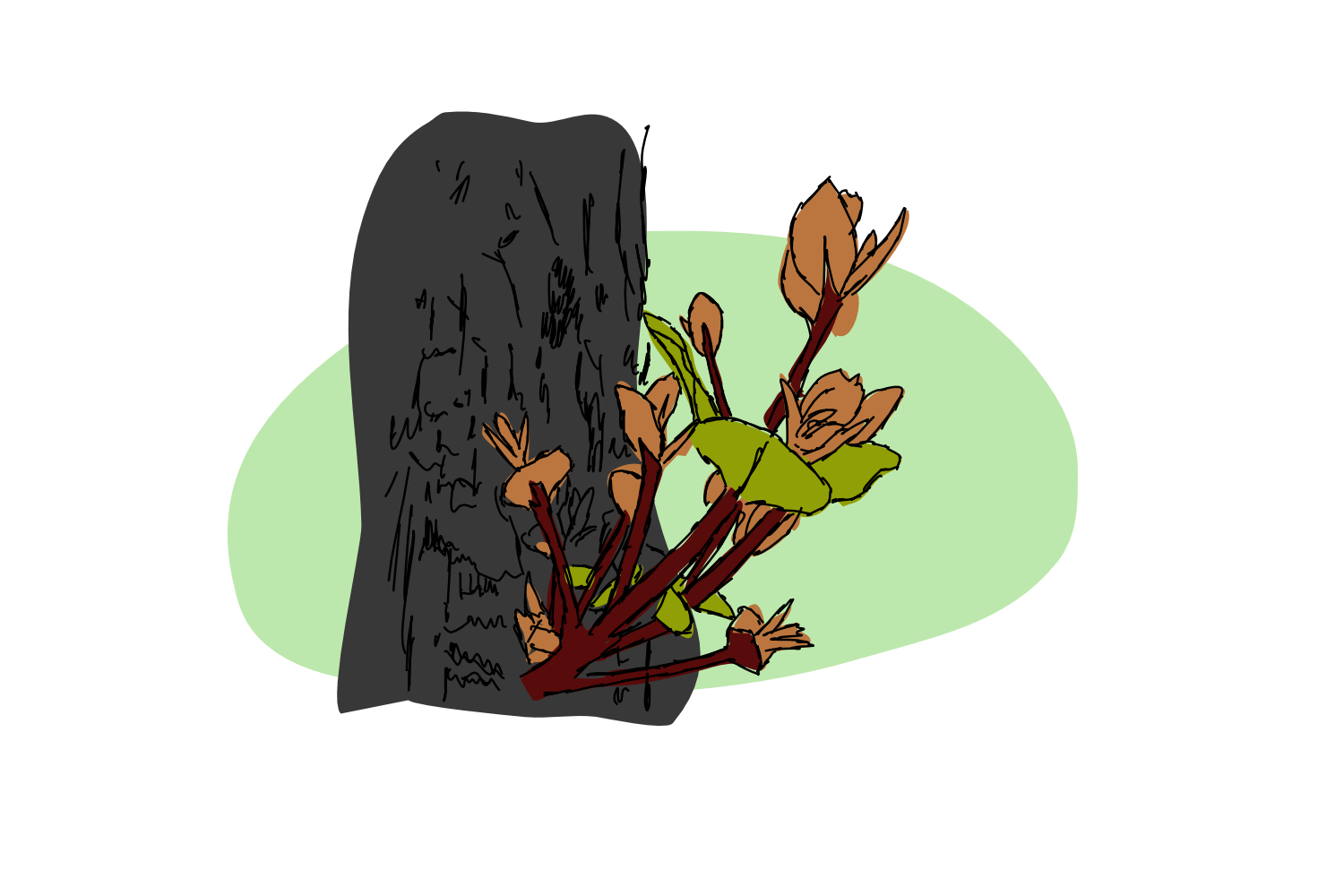
Faced with fire- how some plants beat the burn
We’ve been thinking a lot about the Australian bushfires recently.
In case you’ve missed it, the 2019-2020 fire season in Australia has been absolutely catastrophic, with nearly 18 million hectares burned. Hand-in-hand with this horror, is the loss of houses and infrastructure, native animals and plant biodiversity, and even human lives.
But recently, good-news articles have started to appear, celebrating the return of signs of life in Australia’s char-burned bushlands. So today, we wanted to take a break from discussing the fires themselves- which are still ongoing-, and instead look at some of the amazing mechanisms that Australian plants use to beat the burn.… Read more
-
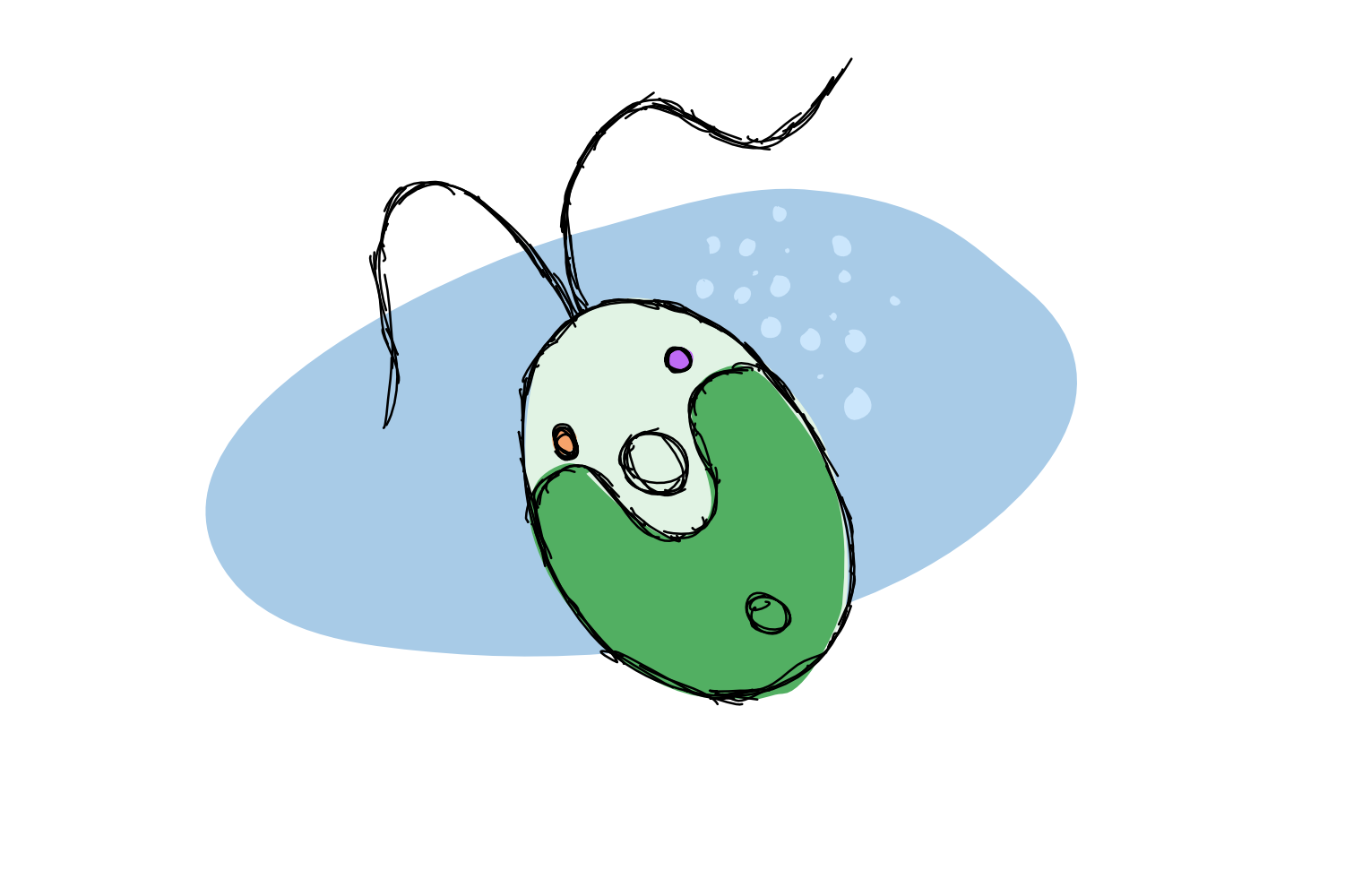
Algal biofuels have a gassy problem
Following on from Monday’s post, where we delved into the nitrogen cycle, today we’re again talking about gaseous nitrogen. But this time, the story is about nitrous oxide.
You may have heard nitrous oxide called ‘nitrous’ or even ‘laughing gas’ before – the stuff has been used as an anaesthetic since the mid 1800s, and is known from the euphoria it brings to those who inhale it.
But more recently, this simple little gas has gained infamy for something not quite so funny: following carbon dioxide and methane, nitrous oxide is the third most damaging of the greenhouse gases that drive the climate crisis.… Read more
-
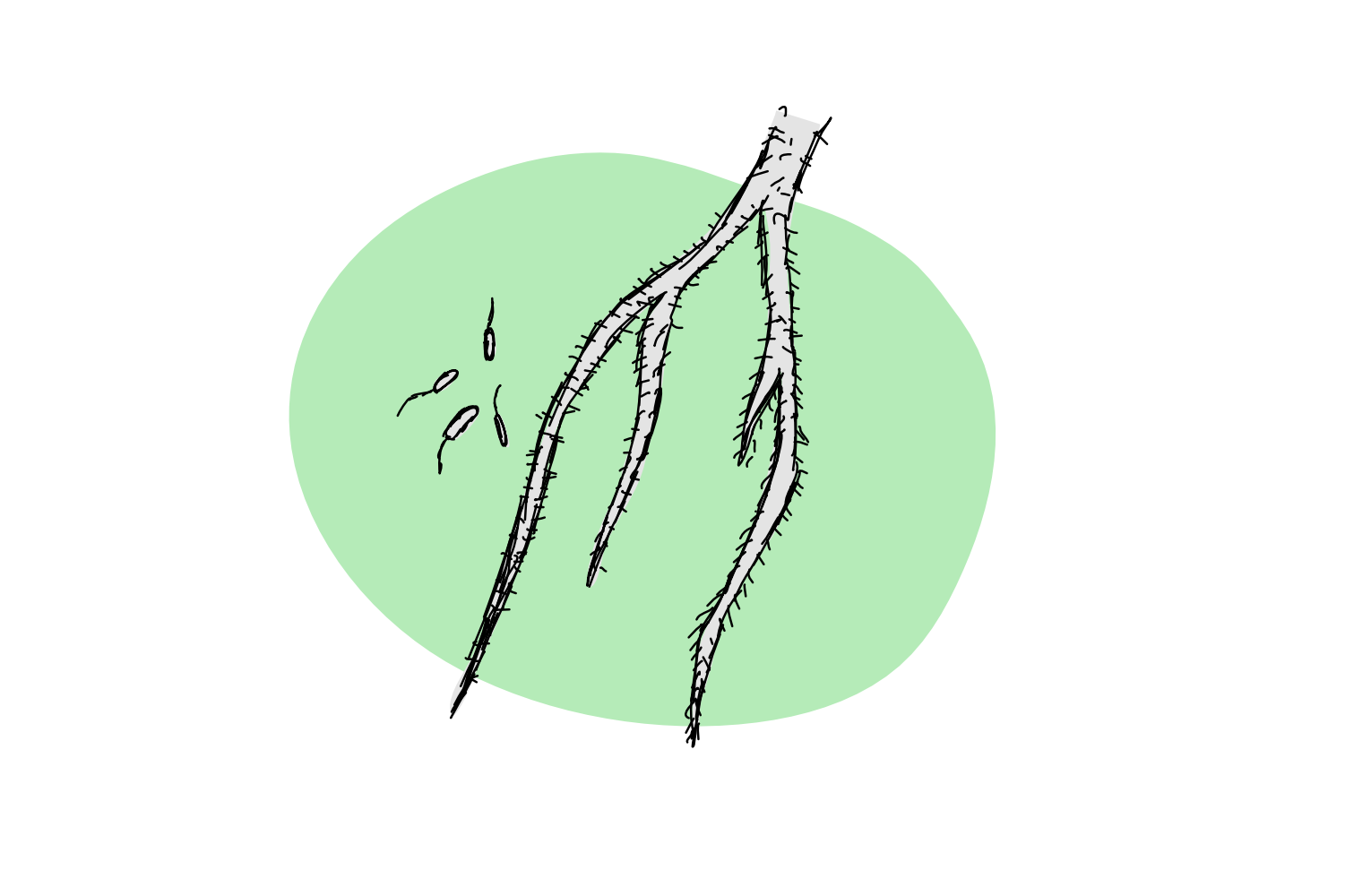
Can Scientists Hack Nitrogen Fixation?
We are surrounded by nitrogen.
The important life processes of photosynthesis and respiration revolve heavily around oxygen and carbon dioxide, but it’s nitrogen gas (N2) that makes up 78% of the air. This actually could be great, both plants and animals also need nitrogen to survive. It’s used in the amino acids that make our proteins, in the nucleic acids DNA and RNA. There’s even a little bit found in chlorophyll.
But that 78% hanging around us in the air just happens to be fixed in an inaccessible form.… Read more
-
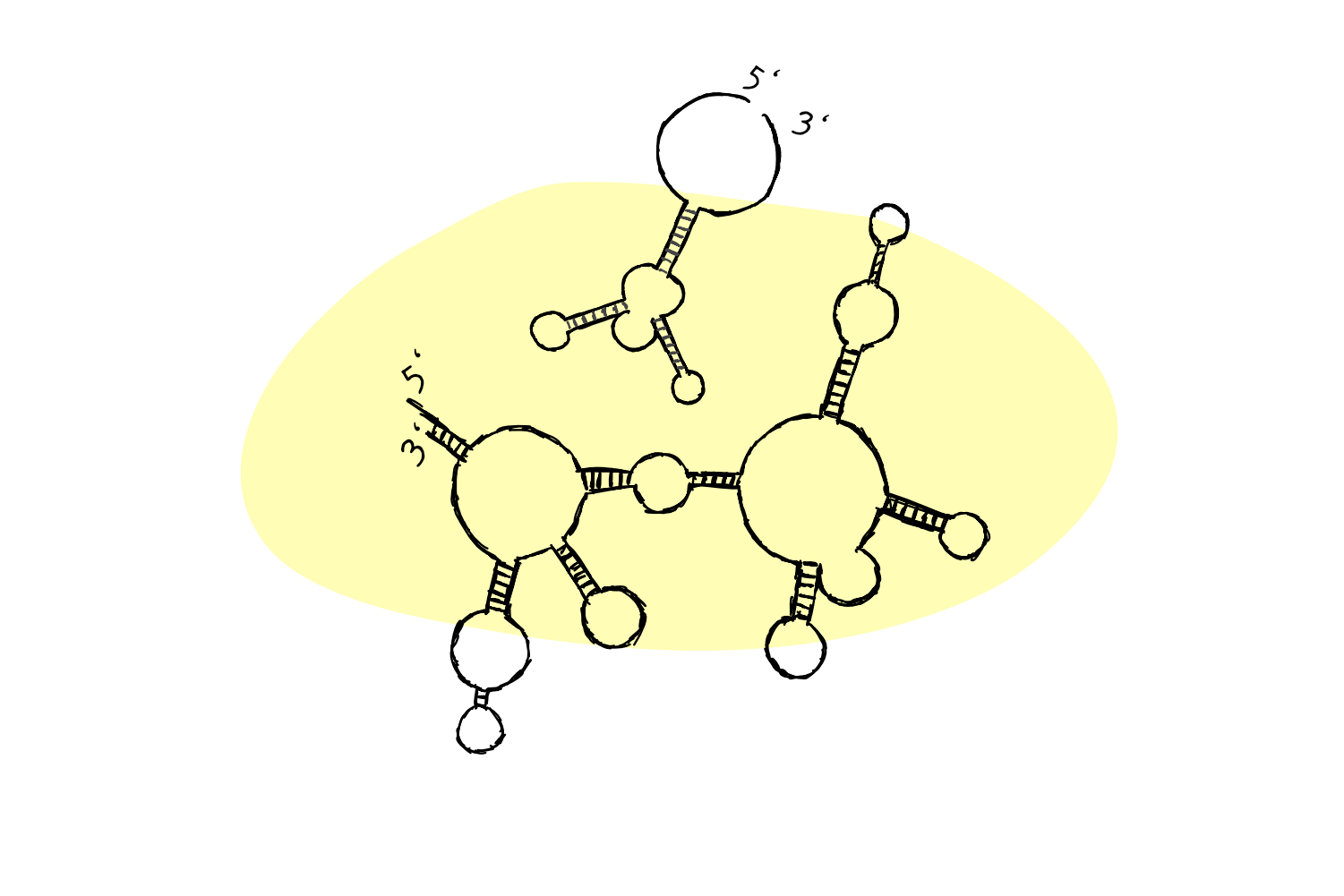
The salty structural changes of mRNA
When you think of RNA, you might tend to think of a text-book perfect straight lines of As, Us, Cs and Gs. But the reality is, that within a living cell, RNA dances as a complex structure, full of twirls and loops. And when plants (and presumably other organisms – but this blog is about plants) are challenged with changing conditions, those structures begin to twist and change…… Read more